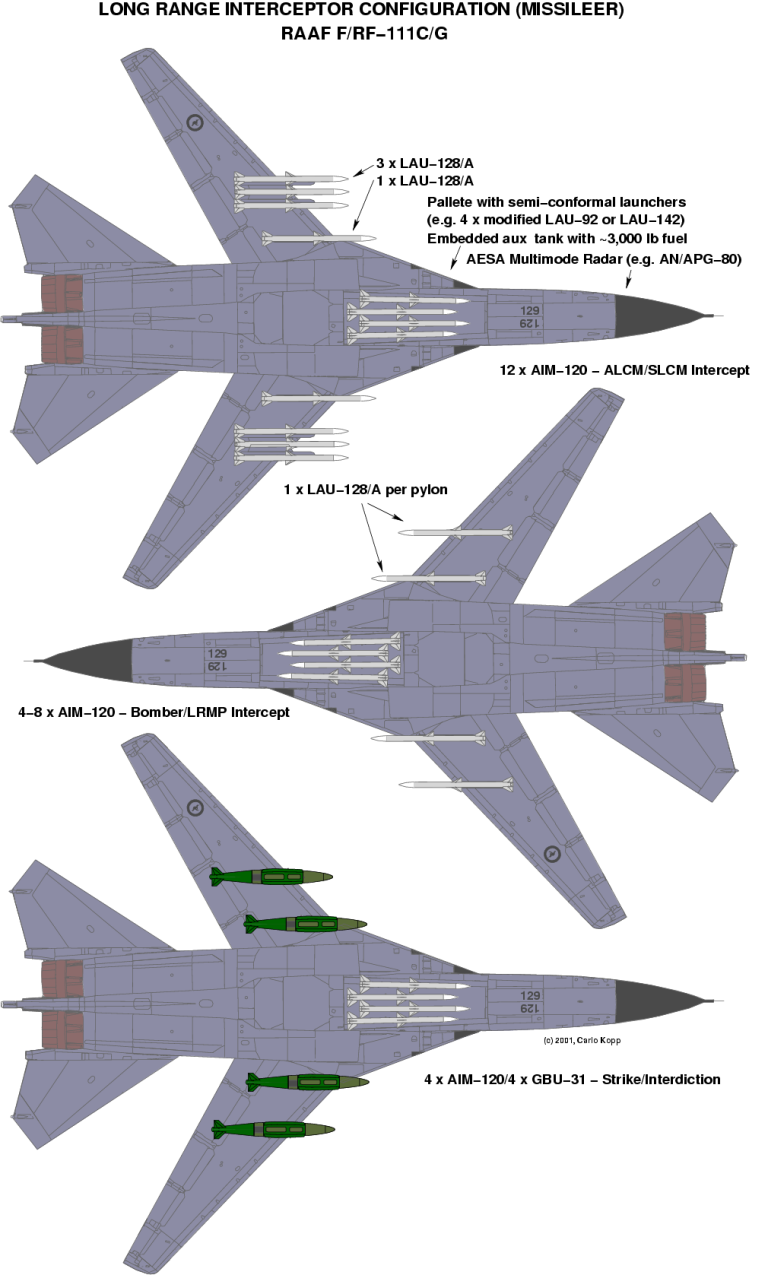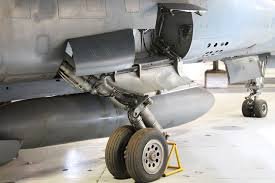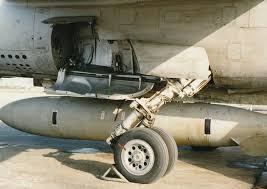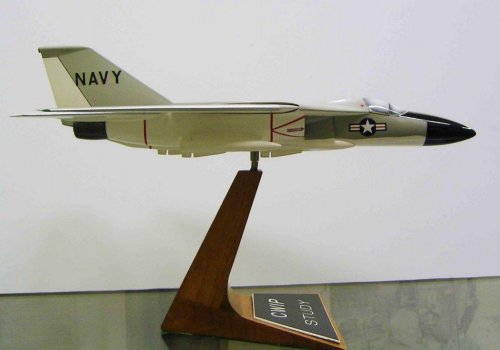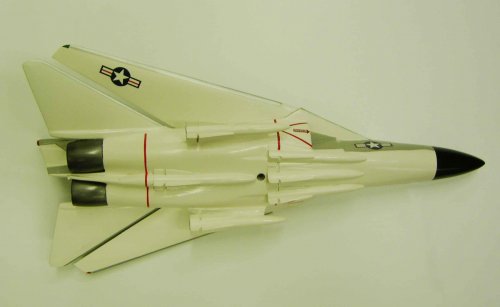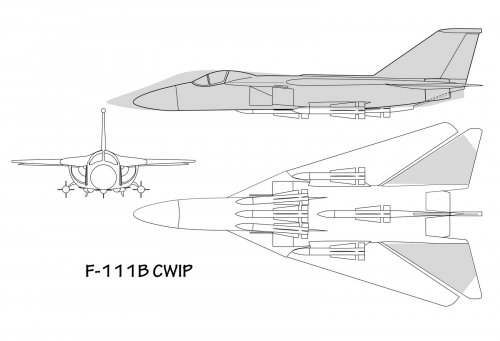pathology_doc said:
GTX said:
Are you referring to this fanciful concept by Carlo Kopp (enough said!)?
It wasn't a starter because it was a joke concept that had absolutely no driving need - without a threat why would any air force invest in such a fanciful concept and even if there was a threat, there would be better solutions readily available. Just because one can draw pictures does not mean they can do engineering!
It was something like that, but I don't clearly remember it being this exact one. The missiles seemed restricted to the wing racks, which brought it more into the realm of actual do-ability (once you had somehow rewired the fire control system to talk to the AAMs).
GTX said:
phrenzy said:
Is Carlo Kopp really that hard to take seriously?
For those of us in the industry with actual Air Force experience and engineering knowledge…YES!
LOLOL Oh dear.

I think I saw Peter Goon at the defence+industry conference here the other day though I had to leave before the meet and greet so I'm not completely sure.
I understand some of the general criticism like harping on about Australian F-22s long after that was at all even remotely possible and the way his stuff gets picked up and passed off as authoritative in the media on f-35 stories but is there some specific issue with APA I don't know about beyond that?
Maybe this deserves it's own thread as in curious and I'd like to know more, I don't drink their kool-aid at all but there are lots of groups like APA all over the place, is it just that they are given so many column inches and referred to like they are the Australian RAND that bothers people?
Or is there specific malfeasance I'm ignorant of?
Sorry to derail the thread.
On topic isn't the missile truck (f-111/b-1 etc.) concept more or less over before it began? Nobody is thinking seriously about that now are they (besides the producers of future dogfights)? Certainly at the time of f-111 operation they weren't thinking of it as having much of an A2A future, it's easy to forget that the first Eagles were flying around the time of f-111s first real operational usage.
I suppose the f-111 was confused from the start, sometimes too much fighter sometimes too much bomber and not designed with future expansion into other roles in mind. They should have done more reconfiguration when the Navy dropped out but I suppose it was too late then. I understand it had a good showing over Libya though.
Would the f-111 really have made a good tactical nuclear platform over Europe in ww3 as envisioned? Surely by the mid 70's it would be pretty dangerous work trying to fly over Soviet lines to strike specific targets even if it wasn't over the entrenched air defence network of Soviet territory but just facing off against the mobile SAMs following the front line as the soviets rolled into West Germany.

